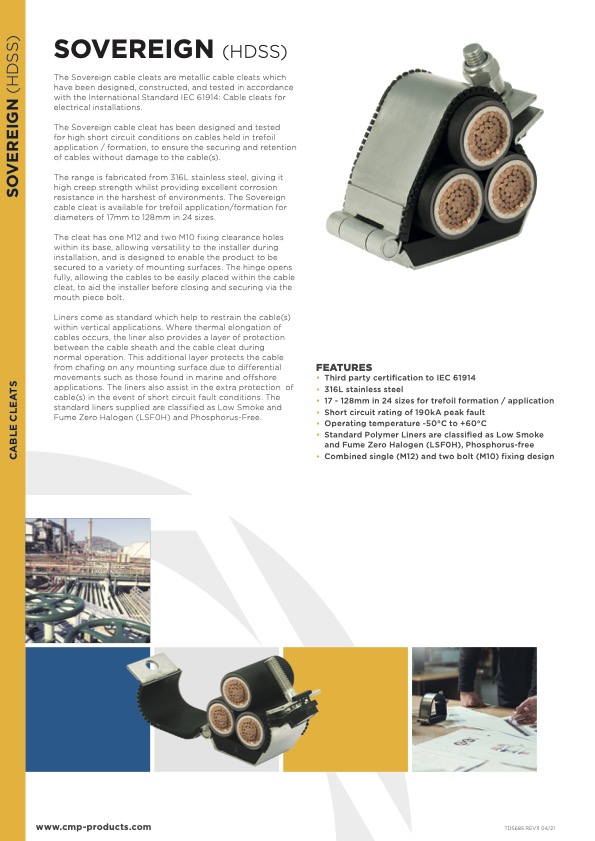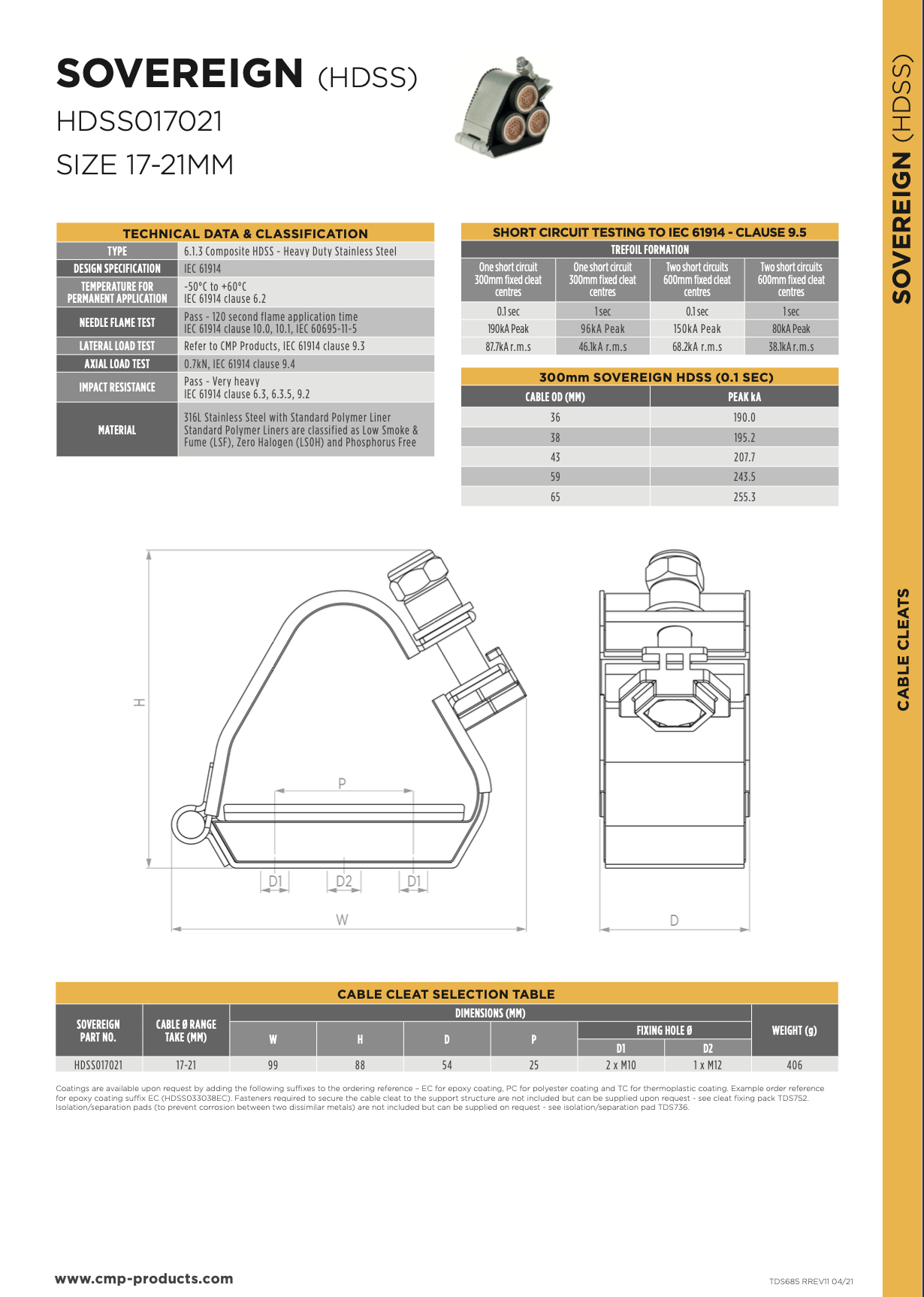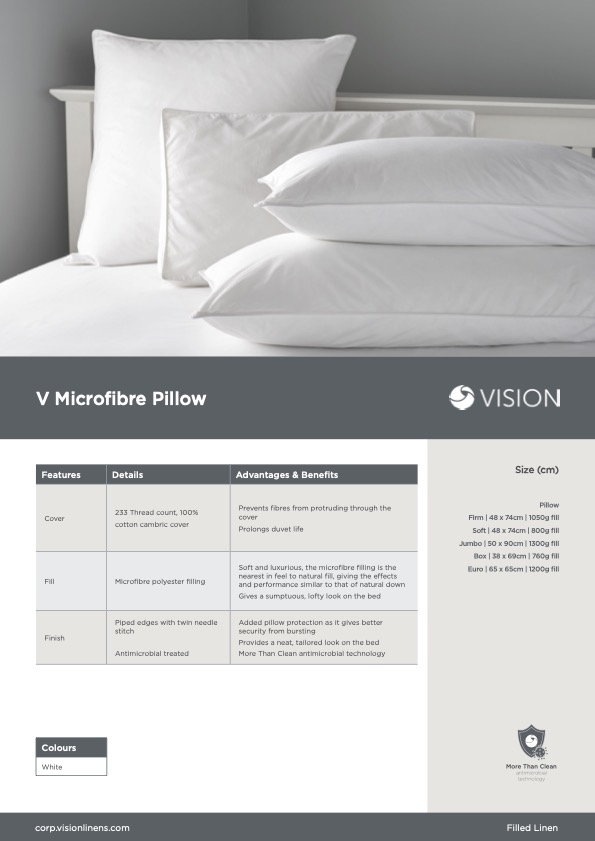What Is Model Context Protocol (MCP)?
Model Context Protocol (MCP) is a framework for structuring product data and its contextual relationships so AI agents—like ChatGPT, Amazon Rufus, or Google Gemini—can interpret...
Published: Jul 27, 2023 Updated: Jul 3, 2025
Product Data-Sheets act as a super effective sales tool as it’s a great way of sharing product data. Sometimes referred to as product specification sheets, technical data sheets, or spec sheets, they provide customers with the granular details they need to make informed buying decisions. In other words, they’re a great resource if you’re looking to increase engagement and improve the overall buying experience.
A PDS is usually in a single-page PDF format. It summarizes the performance, technical characteristics, components, materials, and use-cases of a product. The product data sheet template will often be created in line with specific client-specific, market, or regulatory requirements.
The main objective of a technical data sheet is to give buyers a full understanding of what the product is. Alternatively, it might be used to inform an engineer how to use a certain component of a product. Or you may want to share it internally so different departments are aware of the product data specifications.

All in all, your Product Data Sheets enable you to give a clear overview of product variants. The information needs to be presented in a digestible, compelling way that clearly highlights all the important information.

Secondly, you should use compelling and persuasive language in a product spec sheet. A good tip is to use bullet points so buyers can quickly skim read the key bits of information.
Some of the top Product Data Sheet Best Practices are:
Easy to Understand:Be clear and concise when presenting this in-depth product information.
Engaging with Visuals: Make your Product Data Sheets visually appealing to engage your audience. Use compelling and persuasive language.
To-the-point: A good tip is to use bullet points so buyers can quickly skim read the key bits of information.
Here are some examples of Product Data Sheets our customers have created using Pimberly’s Automated PDS feature:


CMP is a specialist manufacturer that operates across different industries. As you can tell from this product data sheet example, the information is super in-depth. The use of bullets makes the important technical information stand out, and it also features the unique product identifier.

Vision Linens supplies high-quality linens to hotels across the globe. This Product Data Sheet example is visually appealing, and all the information required is set out in an easy-to-read format. Moreover, it highlights the advantages and benefits, making it easy for buyers to access the product spec sheet and gauge whether it’s the right product for them.
Dar Lighting are one of the largest distributors of lighting equipment in the UK. As a distributor, they use Pimberly’s PDS functionality to auto-generate data sheets for their customers, ensuring they become a trusted point in the supply chain. Below is an example of a product spec sheet they created for the customer, Next:
As a marketing and sales resource, technical data sheets offer brilliant potential for increasing revenues both online and offline. You can use them in campaigns to convey the benefits of a product and incorporate high-res images for added context.
It’s also a great resource for your sales team to use as an additional touchpoint in the buyer journey. Plus it’s a super effective way of showcasing the value of a product. You can configure your Product Data Sheets, meaning there’s potential to reach consumers in different marketplaces e.g. B2B and B2C.
Overall, presenting product data in this format helps build customer confidence which will contribute to better conversion rates and increased sales.
If you need to comply with specific industry legislations such as chemicals, electronics, etc. a product information sheet will be invaluable, especially if certain products need to meet safety standards and hazard checks before they can be sold.
For example, a chemical company might provide material safety data sheets with detailed storage options, and safety considerations. Having this technical datasheet will also reduce the risk of not meeting the requirements of specific legislations.
In other words, a fact sheet template will help you reduce risk by ensuring you always adhere to industry best practices. They can also be helpful for items like safety data sheets to ensure they are up-to-date, comprehensive, and reliabe. You can create a fact sheet template for consistency which also serves as a guide for the information you need to include.
A PDS is a great way of communicating specific product characteristics such as dimensions, materials, and instructions for use. Moreover, it’s easy to store and distribute sheets in multiple locations. As PDF files, they can be stored online and used across your sales channels. They’re also a great resource to have in physical formats to for internal meetings or at your physical stores.
Certain customers will require more information when committing to an online purchase. For instance, B2B buyers will need to stick to a strict budget. Therefore, they’ll likely be carrying out in-depth research to create a business case for the purchase to be signed off. The beauty of product sheets is that they can be downloaded and shared amongst teams, smoothing out this entire process.
Product Data Sheets help your remain consistent with how you convey potentially complex technical data. Product specifications or design features are clearly displayed, giving customers more context around the product. This makes it much easier for customers to visualize an item in an online environment.
By providing consistent information, Product Data Sheets help reduce product return rates. Displaying key features through accurate product data and high-quality digital assets removes uncertainty. Essentially, you can give your customers all the knowledge they need to confidently buy online.
By incorporating Product Data Sheets into your overall strategy, you provide your customers with totally accurate product information both online and offline. Whether you need to comply with certain regulations or display complex data, Product Data Sheets are a great way of clearly displaying product information.
Pimberly’s product information management platform offers a smart, automated way of ensuring your Product Data Sheets are always totally accurate and up to date. When you write a product specification, you can use powerful automation to generate a PDS. Furthermore, whenever you need to make a change, it’ll reflect in real-time.
Check out this nifty video for a quick overview of Automated Product Data Sheets

So, whether you create a product specification, or update one, your customers, and colleagues will always see the correct details, leaving no room for confusion or uncertainty. Enhance the customer experience and increase sales all while streamlining your product data management processes.


